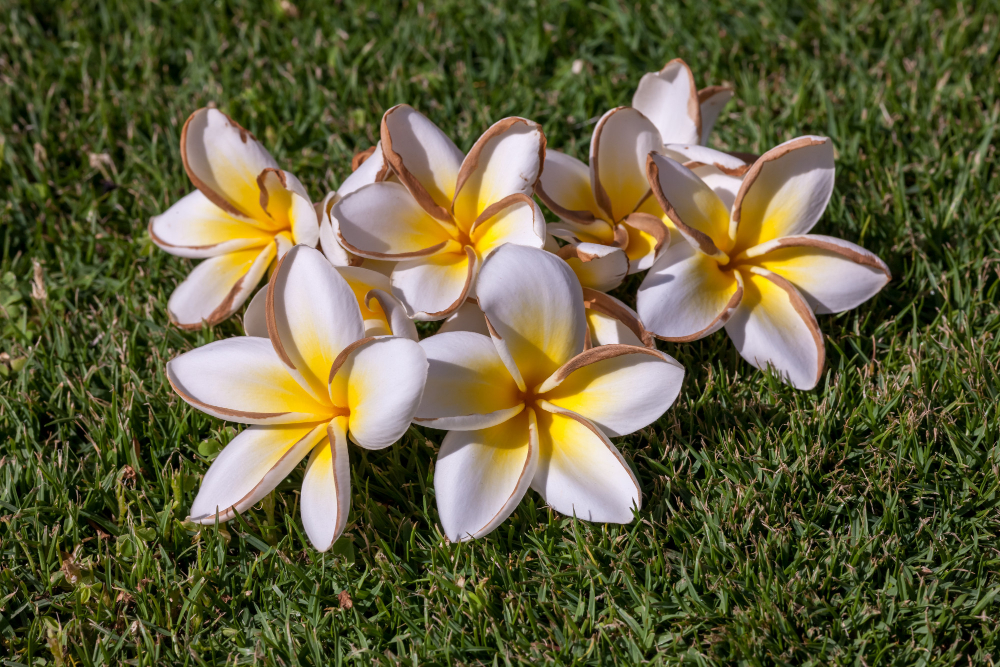Plumeria, also called frangipani or Burmese gardenia, is a tropical plant. In addition to being used as an indoor potted plant, it can also be grown in gardens in tropical areas. Plumeria are not grown from seeds (the seedlings may not necessarily look exactly like the mother plant) but are propagated through cuttings to produce new daughter plants that are the same in appearance as the mother plant. Although the cutting method of plumeria is slightly different from other plants, it is not difficult. This article will teach you how to propagate plumeria from cuttings.
12 Steps to Growing Plumeria Flowers
- In late winter, use staggered pruners to cut cuttings from the parent plumeria plant. Wear rubber or medical gloves when operating to ensure safety. For best cutting results, choose branches that are light gray-green and just mature. The length of the cut branches should be between 31 and 61 cm. Remove leaves, flowers, and buds from branches.
- Over the next week, place the branches in a warm place out of direct sunlight to dry.
- Prepare potting soil mix. Mix well two parts perlite to one part fertilizer-free potting medium. Add an appropriate amount of water to increase the compactness of the soil. If the water drips, you add too much.
- Prepare a flower pot with a diameter of 15 to 20 cm and good drainage. Fill the pot with mixed soil and keep a distance of 2.5 cm between the soil and the edge of the pot. Each cutting requires a flowerpot.
- Use your hand or the handle of a trowel to poke a hole 13 cm deep and slightly larger than the diameter of the branch in the center of the flower pot.
- Soak the bottom of the branch in water, then dip it in rooting hormone powder and insert it into the hole.
- Gently compact the soil around the branches.
- Spread a layer of rough aquarium gravel or pebbles on the surface of the potting soil. The height of the stones should not exceed the edge of the pot.
- Place the flower pot in a place with sufficient sunlight and a temperature above 16°C to ensure that the plant is not disturbed.
- Water sparingly. Pour one to two cups of water per plant, and again a week later, until each branch has several new leaves.
- After new leaves appear, water once a week. When water leaks from the drainage holes in the bottom of the flower pot, it means you have watered enough.
- Transplant the daughter plants into the ground before the roots fill the pot.
Tips
- It usually takes 45 days for the cuttings to start growing new leaves. If the climate is warm and the sun is sufficient, the time required will be less.
- Cut branches can be kept for a week.
- Rooting hormone powder is available at most gardening stores. Even without rooting powder, the branches can still grow new roots, but it will take longer and the chance will be smaller.
- If the branches wilt after they grow leaves, it may be because they were watered too much or not enough. If the soil in the pot feels too dry, water it more; on the contrary, you need to check the drainage of the pot to avoid water accumulation in the potting soil.
- If the branch has not grown new leaves or looks wilted after 3 months of cutting, it is recommended to pull it out and throw it away.
- The cuttings will take root easily in spring.

